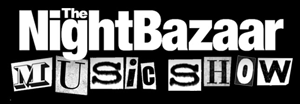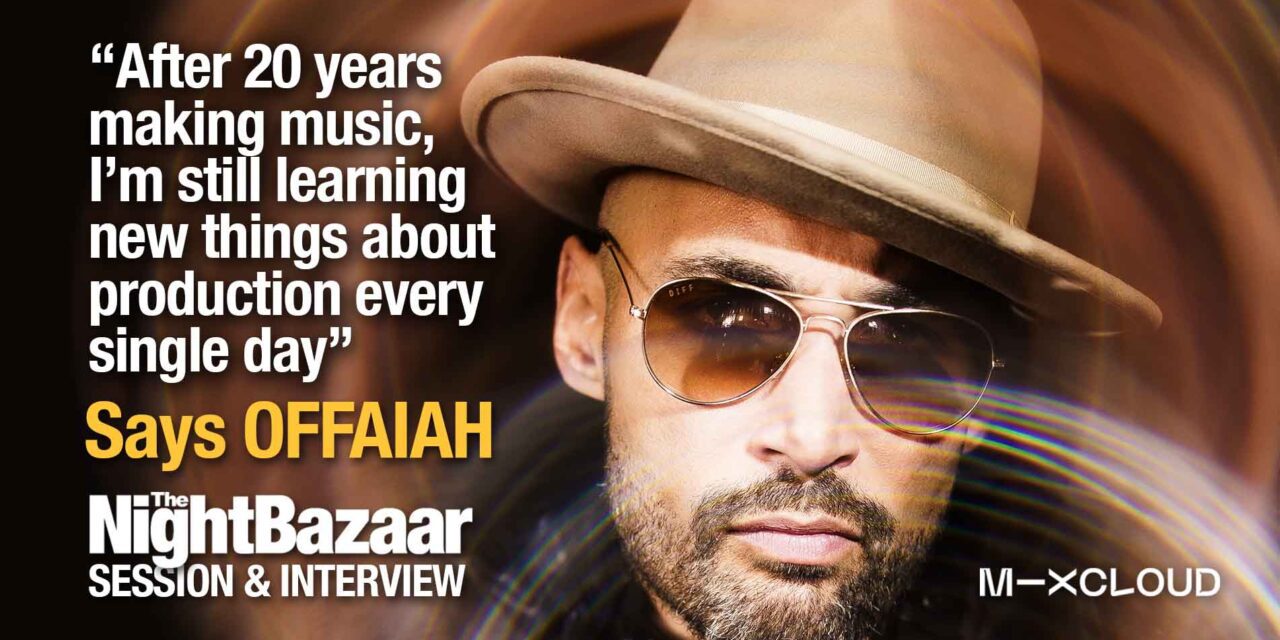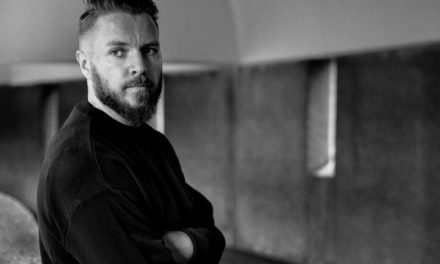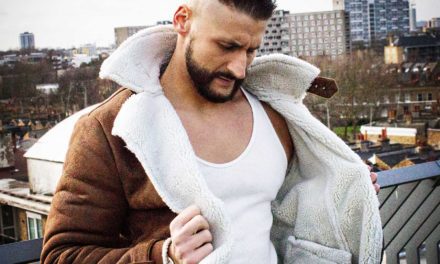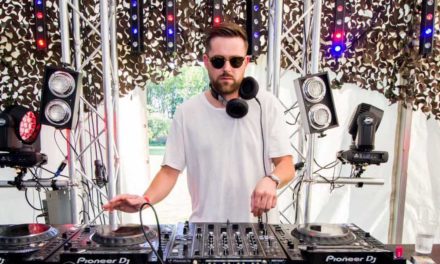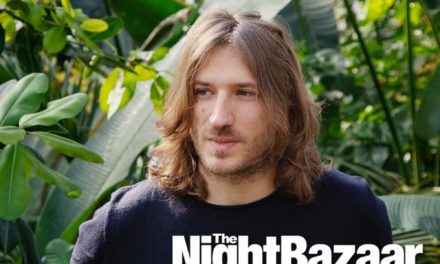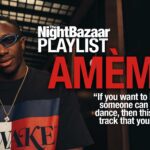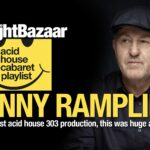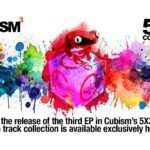OFFAIAH has carved his own niche in electronic music.
Since emerging with the hit Trouble in 2016, he’s been recognized for his deep, driving basslines and intricate melodies.
Influenced by legends like Frankie Knuckles and Carl Cox, his music pays homage to classic house while incorporating modern techno.
With releases on some of the best labels in dance such as Defected and Drumcode, OFFAIAH continues his winning streak with his new remix of Mistier’s Headspace.
By infusing the original with deep, groovy basslines, infectious hooks, and rhythmic nuances, OFFAIAH transforms Headspace into a high-energy, dance-floor anthem.
Beyond Headspace, OFFAIAH’s discography includes notable tracks like When I Push, a collaboration with Eli Brown and Layton Giordani, reflecting his ability to blend his sound with other artists’ styles seamlessly. His work has garnered support from industry heavyweights such as Vintage Culture, David Guetta, ALOK and Martin Garrix, further cementing his reputation. With a keen eye on the future, OFFAIAH continues to excite the electronic music community with his upcoming releases and live shows.
We caught up with OFFAIAH for a chat about the remix, how he uses AI as a tool for inspiration, what other exciting things are on the horizon in 2024 and much more. Read the interview below.
He’s also recorded an exclusive mix for The Night Bazaar Sessions which kicks off with his Headspace remix which you can listen to on The Night Bazaar below.
Given your interest in incorporating AI and new software into your music production, as mentioned in your recent reflections, how did you integrate these technologies into your latest remix of Headspace?
I’ve been playing around with a few AI tools where you feed the AI a template idea and it gives you back a few different variations which you can then further manipulate and feed back in to the project. I used this developing a few of the underlying grooves in Headspace to great effect.
You’ve expressed a desire to explore more techno directions, especially with your releases on Drumcode. How does the Headspace remix align with this vision and what can we expect from your future projects in terms of genre exploration?
Reflecting on your collaborations, such as with Eli Brown and Layton Giordani for When I Push, how do these partnerships influence your creative process, particularly for tracks like the Headspace remix?
Every collaboration is an opportunity to learn something new about music production and a chance to explore new techniques and production hardware/software. I’ve been producing music for over 20 years now and I’m still learning new things about production every single day.
You’ve shared that your music production starts organically without a hard-set plan. Could you walk us through the specific inspirations and steps that led to the final version of the Headspace remix?
When working on a new production the first thing I do is try to get a grove going and working on Headspace was no different. The first thing I had to do was listen to what key the song was in and try a few variations of different bass-lines which seemed to fit the vocal. This was a case of trying different sounds and playing different melodies until one just felt right. And as I started to build up the layers in other elements of the track the production started to take on a life of its own in a very organic way.
Music has the power to evoke deep emotions. With your Headspace remix, what emotions or messages were you aiming to convey to your listeners?
A lot of the production process was driven by the lyrics of Headspace and to me they made me think of being in a totally relaxed meditative state so I wanted to have this underlying feeling conveyed to my listeners but at the same time have the rhythm and groove driving the track enough that it translates well to the dance floor – so finding the correct balance between the two was quite an interesting process of trial and error.
Balancing family life with a bustling music career, especially with a goal to release a track every eight weeks, is challenging. How has this balance influenced the creation of your ‘Headspace’ remix and your music in general?
Balancing family life whilst trying to move my career forward as a producer/DJ is probably my biggest challenge today but it’s totally doable with proper planning and coordination. Having set myself the goal of a release every eight weeks means I can’t procrastinate too long over small details which for me is good as it keeps me moving forward. This definitely presented itself working on Headspace as I found myself toying around with a few ideas, undecided which way to go but in a effort to stick to my plan and keep moving forward I threw caution to the wind so to speak, made quick creative decisions and was able to avoid getting stuck in a creative rut.
Everyone has their quirks, especially when performing. Is there an unusual item you always have in the DJ booth with you during a set, and what’s its significance or story?
I don’t really have any unusual items but as food is on my performance rider I’m usually never too far from a slice of pepperoni pizza.
Looking back at your journey from your first UK top 40 hit Trouble to now, how do you believe your sound and approach to music production have evolved, particularly with the latest Headspace remix?”
I’m not sure my approach to music production has changed all that much since I started making music. It’s always been a case of sitting in front of the keyboard and jamming something out until something sounds good. I will say that over the years I’ve learnt techniques which have fine-tuned and streamlined the production process which allows me to get more done in a shorter amount of time.


